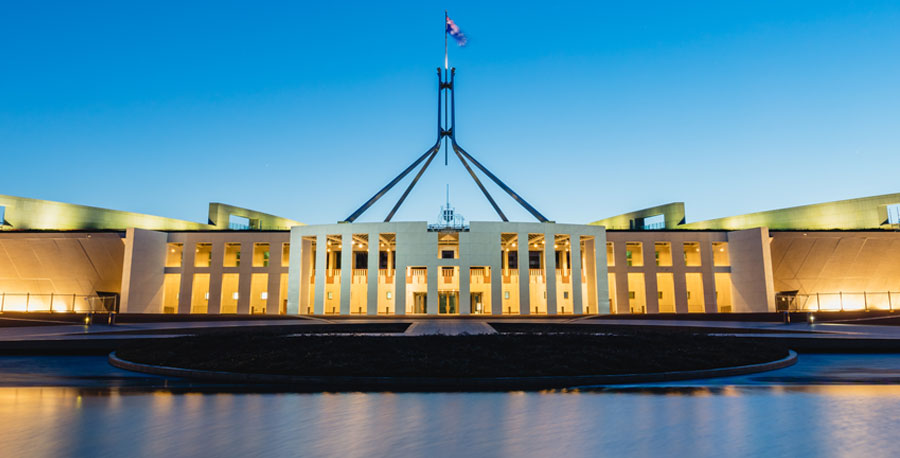-
Superannuation
Super Health Check
Brighter Super offers 30-minute Super Health Checks over the phone, video conference or in-person where we can help you discover new ways to grow your superannuation, and check that you are on track for a comfortable retirement.
-
Retirement
David ‘Kochie’ Koch
Join Kochie and the Brighter Super team at upcoming events that will help guide you through your superannuation journey and retirement planning.
-
Investments
Unit prices
Daily indications of performance for each investment option as a daily movement percentage and a financial year to date percentage.
-
Advice
Advice
Good advice is key to helping people achieve financial prosperity and security in retirement.
-
Resources
Let's Learn
Learn how to grow your superannuation with our educational e-learning modules. You can discover different ways to build the lifestyle you would like when you finish work.
- Member Online
-
Superannuation
Super Health Check
Brighter Super offers 30-minute Super Health Checks over the phone, video conference or in-person where we can help you discover new ways to grow your superannuation, and check that you are on track for a comfortable retirement.
-
Retirement
David ‘Kochie’ Koch
Join Kochie and the Brighter Super team at upcoming events that will help guide you through your superannuation journey and retirement planning.
-
Investments
Unit prices
Daily indications of performance for each investment option as a daily movement percentage and a financial year to date percentage.
-
Advice
Advice
Good advice is key to helping people achieve financial prosperity and security in retirement.
-
Resources
Let's Learn
Learn how to grow your superannuation with our educational e-learning modules. You can discover different ways to build the lifestyle you would like when you finish work.
- Member Online

